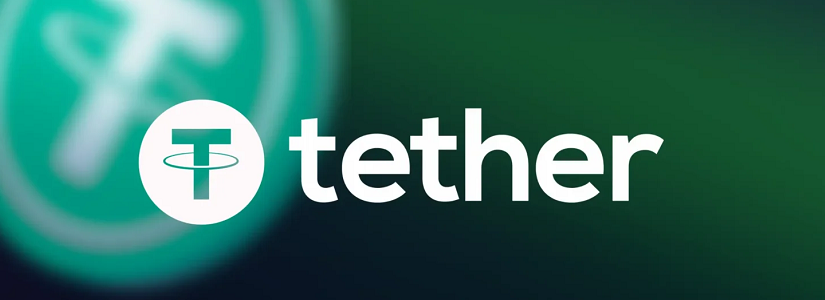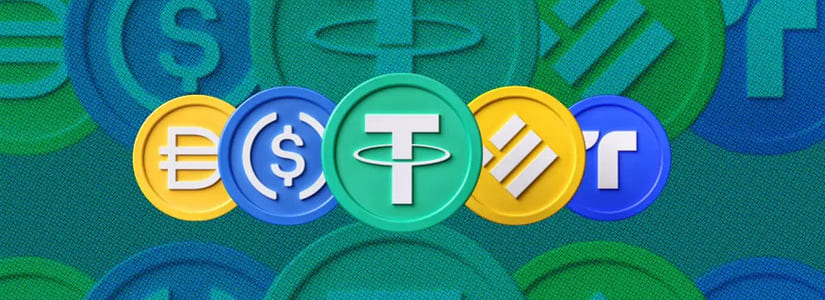TL;DR
-
Interest-bearing stablecoins already make up over 6% of the market and could capture half if they overcome regulatory hurdles.
-
Tether and Circle earned $13B and $1.7B in 2024, but their business model is now threatened by coins that actually pay interest.
-
The U.S. is pushing the Genius Act to ban them, while firms like Figure and BlackRock seek legal workarounds.
The crypto industry never stands still. While major players like Tether and Circle have dominated the stablecoin market for years, a new generation of digital assets is rapidly gaining ground with a simple yet powerful proposition: paying interest to users who hold them in their wallets. And though their rise is encountering some regulatory resistance, their swift adoption suggests they could reshape the current dynamics of the crypto ecosystem.
A New Generation of Stablecoins
The idea behind these interest-bearing stablecoins is straightforward. Rather than serving solely as a tool for moving tokenized dollars across the blockchain, these coins share a portion of the interest generated by their backing reserves with users. In practice, they become hybrid products — both a means of payment and a low-risk investment vehicle.
Protocols like Spark and Figure Markets are leading this radical shift. In particular, USDS — Spark Protocol’s stablecoin — has grown over 60% in the past three months, surpassing $8 billion in market value. If this trend continues, interest-paying stablecoins could expand from their current 6% share of the sector to a much more significant fraction. JPMorgan analysts even estimate they could absorb half the market if they manage to navigate the regulatory challenges ahead.
The Billion-Dollar Business of Traditional Stablecoins
The traditional stablecoin business, for its part, remains one of the most profitable niches in crypto. In 2024 alone, Tether earned $13 billion from interest on its U.S. Treasury reserves. Circle, meanwhile, reported $1.7 billion in revenues. However, their model is now being questioned as alternatives emerge that actually share those profits with their users.
The Regulatory Wall in the United States
On the regulatory front, the U.S. administration under Donald Trump has shown favor toward conventional stablecoins while expressing reservations about those offering returns. The Senate’s Genius Act is aimed precisely at prohibiting stablecoin issuers from paying interest, arguing it would protect consumers and avoid adding risk to the financial system.
Tether, which not long ago was met with suspicion in Washington, now supports these restrictions, aligning — somewhat surprisingly — with traditional banks. According to the company, interest-bearing products add complexity and potential vulnerabilities that contradict the reliable, transparent nature a stablecoin should have. Other institutional players in the financial sector share that view.
A Threat to Traditional Banking
But not everyone is convinced by that argument. From within the crypto ecosystem, some see these limitations as an effort to shield traditional banks, which could lose deposits if interest-bearing stablecoins keep expanding. The prospect of large sums moving out of bank accounts and into digital assets offering immediate, intermediary-free returns is unsettling to more than a few regulators.
To work around these growing restrictions, some firms are already exploring parallel strategies. Figure Markets, for instance, developed a product structured as a public fixed-income instrument that can pay interest without violating the rules currently applied to stablecoins. Meanwhile, BlackRock has capitalized on this trend with its tokenized money market fund, BUIDL, which now manages over $2.8 billion in assets and serves as a reserve for various yield-bearing digital currencies.
What’s at Stake
For now, liquidity remains the main strength of USDT and USDC, which are deeply integrated across major cryptocurrency exchanges. However, in a context of high interest rates and rising demand for low-risk alternatives that generate returns, holding assets that don’t yield anything is becoming harder to justify for many users.
The future seems to be heading toward a split market: interest-free stablecoins regulated within the banking perimeter, yield-bearing stablecoins treated as securities, and offshore digital currencies operating beyond the reach of U.S. legislation. A complex, but seemingly inevitable scenario.
The real question isn’t whether interest-bearing stablecoins will establish themselves — it’s when, and what impact they’ll have on the current structure of the digital financial system. For now, one thing is certain: the ground has already begun to shift.














